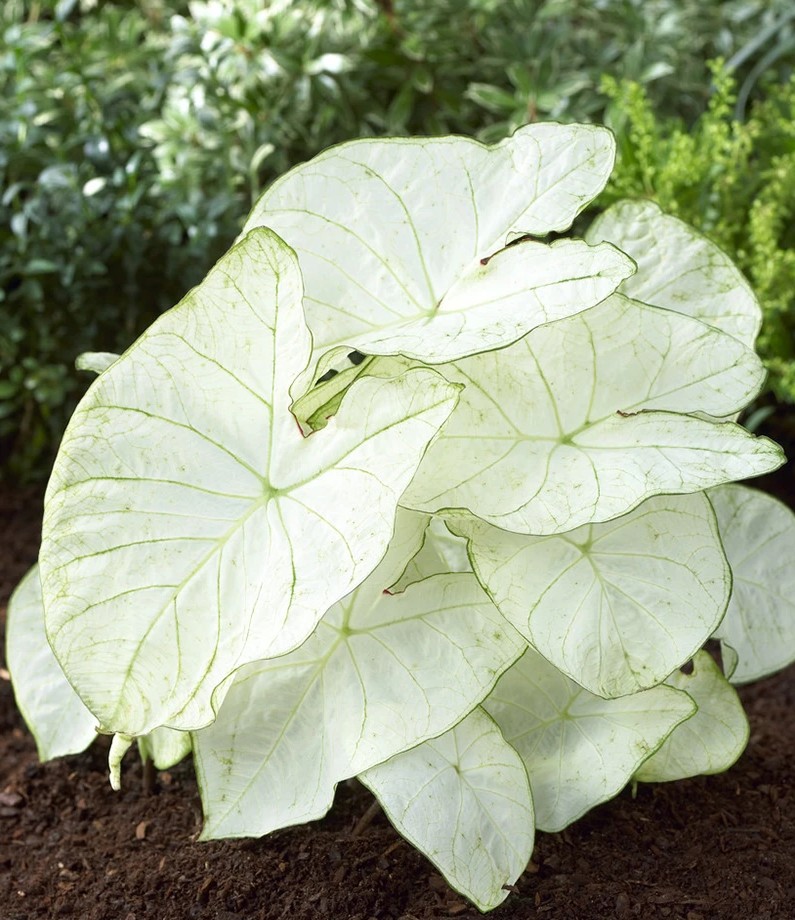Origin and Types
The Ficus Lyrata, also known as the fiddle leaf fig, is native to Western and Central Africa. The fiddle leaf fig can grow up to 15 meters/50 feet in the wild. Our in house versions will not grow that tall.
Basically there are two common sizes you’ll find in most homes. The first variety, a bushy-looking type, which will grow to be around three to four feet tall and has smaller leaves.
The second type, a taller, trunked fiddle, is likely to be five to seven feet tall. Don’t worry your fiddle fig will outgrow your appartment, in house they are not fast growers and if needed, you can always trim it back during early spring.
The fiddle leaf fig is shown in every interior design photo, why?
Their leaves are amazing and it gives a room a greener look, instantly.
Where a large monstera will take up a few meters of space, a fiddle leaf fig will grow tall and not wide. This makes it a perfect plant/tree to lighten up a corner and have a large green plant without taking meters of space.
Sunlight
Fiddle leaf figs require bright light, but not direct sunlight. This means as close as possible from a large, bright window of any exposure. One or two meters from a southern window would be ideal.
Direct sunlight will damage the leaves and leave reddish brown spots on the leaves. Not enough sunlight will cause dropping leaves or yellowing leaves.
Water
You know your fiddle is ready to be watered by placing your finger about 5 centimeters/two inches deep into the soil. If your finger comes out dry, it’s time to water. Water your plant until water drains into the base tray.
Soil
Use a airy but moist keeping soil.
I recommend one part gardening soil, compost, bark or mulch (unprocessed) and perlite.
Humidity
Fiddle Leaf Figs like humidity, so you may want to get it a humidifier.
You can mist the plant but this will only very temporarely increase the humidty around the plant.
You can also use pebble trays but I personally don’t like the look of that.
I never mist my fiddle but I do hava a humidifier set at about 60-65%.
Problems
Leaves are falling off
This can be caused by a recent move, draught, temperature drops or underwatering
Browning Spots
These are usually burns caused by direct sunlight. Move your fiddle a little more away from the window
Browning of the whole leave
Give your plant more sunlight, if more than 50% of the leave is brown cut the leave of so the plant can use it’s energy on the other leaves and encourage new growth
Wilting
Your fiddle probable needs more water also check for draughts
Yellowing or lightening of the leaves
This is caused by overwatering, give less water, the leaves should be a nice dark shade of green
No growth
Your fiddle probably needs more light and you can use fertilizer every two weeks during spring and summer to encourage growth
Tips
Cleaning
I think this is a thing a tip for all plants and in general one that is often forgotten. Clean the leaves! Wipe down your fiddle leaf fig tree’s leaves once a week to keep them free of dust and to help the plant efficiently absorb more sunlight. Just wipe them down with a wet cloth. Removing dust and dirt from the leaves will not only increase photosynthesis but it will also help prevents pests and make them look shiny and pretty again.
This is especially important for this plant since its large leaves are prone to dust.
Pots
Since most plants are killed by overwatering, it’s better to use pots with drainage holes if you are using pots without drainage holes make sure to put lava rocks and gravel at the bottom and put a cloth over the rocks (this is done to prevent the roots from growing to the bottom and therefor prevent rootrot).
Fertilize
Always start slow when starting with fertilizer, overfertilizing your plants can kill them very quick. Only fertilize during spring and summer every other watering. The needs can differ per plant and period of the year. Fiddle Leaf Figs are larged leaved plants that really benefit from fertilizer. I usually give them some every 2 or 3 weeks in spring and summer.
Buying one
Buy one at the store. Allthough I’m fond of buying plants online it’s better to buy your fiddle from the store so you can pick the one with most leaves and least amount space between the leaves. If a leave drops of with a Fiddle it will not grow back so make sure to find one that is full, bushy and has no damaged leaves. Also try to buy one on a warm day, moving one in cold temperatures will likely result in dropping leaves.
Dont’ Move
Fiddle Leaf Figs are particularly sensitive to environmental changes. They will likely take a little time to adjust to their new home. They might drop some leaves.
Rotate
For optimal fiddle leaf fig care, rotate your plant every few weeks when you notice it is reaching for the light.
Summary
Overall the fiddle fig tree is an easy plant. Just don’t overwater it or move it too much and give it enough light and your fiddle will do fine. If you want to encourage sidestams you can prune it back and in a lot of cases it will give you 2 branches in return.














































